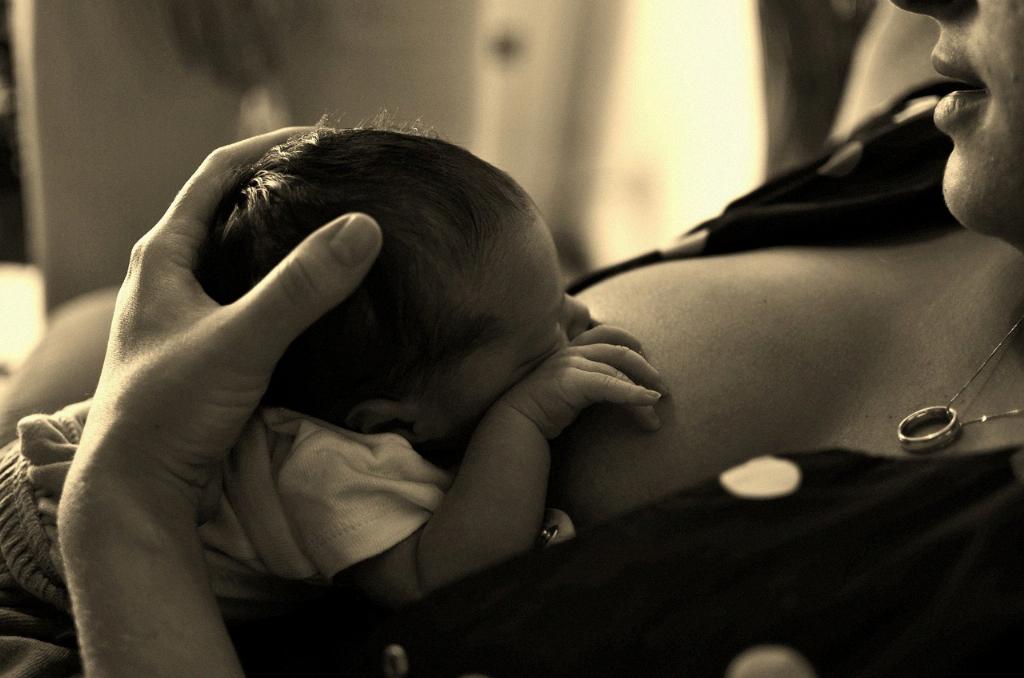When you make the decision to stop breastfeeding your child at the age of one year, it’s important to understand that this transition can have various effects on both you and your baby. It’s crucial to approach the weaning process gradually to ensure a smooth shift for both the mother and the child.
One potential consequence of abruptly stopping breastfeeding is the risk of engorgement, blocked ducts, or even mastitis. These conditions can be uncomfortable and sometimes painful for the mother, and can also lead to complications if not managed properly.
In addition to the physical discomfort that engorgement and blocked ducts can bring, sudden weaning can also have implications for the baby’s digestive and immune systems. Transitioning too quickly can disrupt their delicate balance, potentially leading to digestive issues or a weakened immune response.
Gradual weaning allows both the mother’s body and the baby’s system to adjust to the reduced milk supply. This approach helps to minimize the risk of engorgement and other physical discomforts, while also giving the baby’s digestive system time to adapt to new sources of nutrition.
Stopping breastfeeding at one year may also bring about emotional challenges for both the mother and the child. Breastfeeding fosters a unique bond between mother and baby, and weaning can sometimes be an emotional process for both parties.
Children who have been breastfed for a year may show signs of resistance or frustration when weaning begins. It’s essential for parents to approach this transition with patience and understanding, allowing the child to adjust at their own pace.
On the mother’s side, weaning can also evoke a range of emotions, including feelings of sadness, guilt, or even relief. It’s essential for mothers to prioritize self-care during this period and seek support from loved ones or healthcare providers if needed.
When breastfeeding stops, hormonal changes occur in the mother’s body as milk production decreases. This hormonal shift can sometimes lead to mood swings or feelings of emotional vulnerability, making it crucial for mothers to practice self-compassion and seek emotional support during this period.
From a nutritional standpoint, weaning at one year requires careful attention to ensure that the child receives adequate nutrients from solid foods. Parents should focus on providing a balanced diet rich in essential vitamins and minerals to support the child’s growth and development.
It’s also important to note that the nutrients present in breast milk provide unique benefits that may not be fully replicated by other forms of nutrition. Parents should consider ways to ensure that the child’s diet remains varied and nutritious after weaning to support their overall health.
While weaning at one year marks the end of a significant chapter in the mother-child relationship, it also signifies a new beginning in the child’s journey towards greater independence. This stage of development presents opportunities for parents to explore new ways of bonding with their child and supporting their growth and exploration.
In conclusion, stopping breastfeeding at one year involves a series of physical, emotional, and nutritional adjustments for both the mother and the child. Gradual weaning is recommended to minimize discomfort and support the child’s transition to solid foods while preserving the unique bond between mother and baby.

